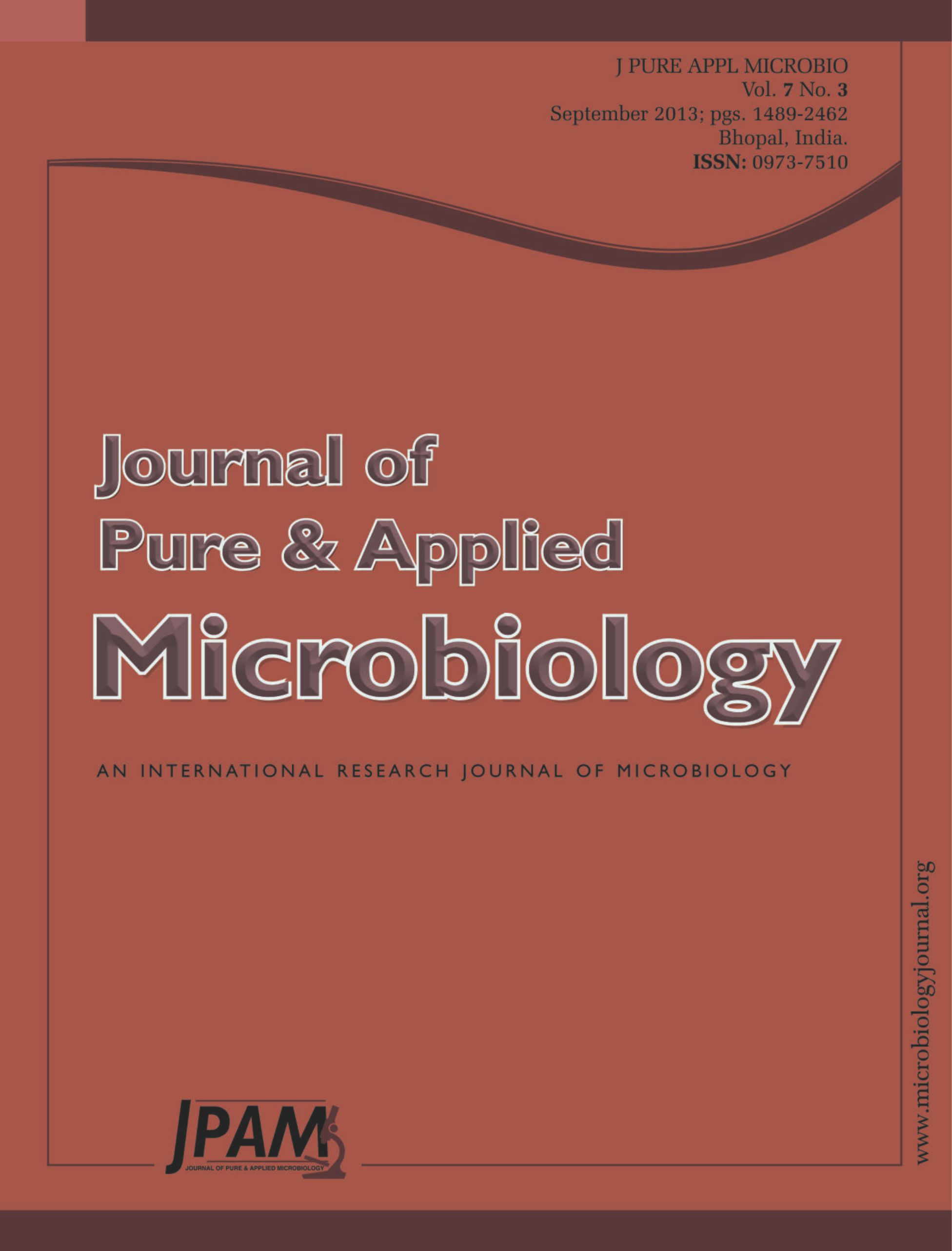Root and crown rot diseases caused by the fungus Rhizoctonia solani are increasing in frequency and severity in many sugar beet growing regions worldwide. Due to the many identified R. solani anastomosis groups (AGs) and many cultivars (Cs) of sugar beet that are broadly grown, AG x C interactions should be reinvestigated. In this study, the pathogenicity of eight R. solani AGs was tested on nine commercial sugar beet cultivars under greenhouse conditions. Five parameters were measured, and the collected data were statistically analyzed. All tested R. solani AGs were virulent and capable of injuring sugar beet seedlings and causing different degrees of pre- and post-emergence damping-off diseases. The occurrence of pre-emergence damping-off was dependent upon R. solani AGs and the responses of sugar beet cultivars. AG-2-2, AG-6, AG-10, and AG-4HGI were generally the most virulent AGs. These AGs exhibited significant impacts on the emergence, height and survival of the sugar beet seedlings. AG-6 had the greatest effect on seedling fresh weight, followed by AG-10. Differences in the susceptibility of sugar beet cultivars to R. solani infections were also observed. Overall, Kawmera was the most tolerant cultivar, while Gazel and Panthera were the most susceptible to R. solani post-emergence damping-off.
Anastomosis groups, Damping-off., Sugar beet, Rhizoctonia solani
© The Author(s) 2014. Open Access. This article is distributed under the terms of the Creative Commons Attribution 4.0 International License which permits unrestricted use, sharing, distribution, and reproduction in any medium, provided you give appropriate credit to the original author(s) and the source, provide a link to the Creative Commons license, and indicate if changes were made.


